Reviving Traditions, Rebuilding Pride
Community-based sustainable tourism has taught me one of the most profound lessons of my life: that travel, when rooted in respect and collaboration, has the power to revive not just economies, but entire cultural legacies.
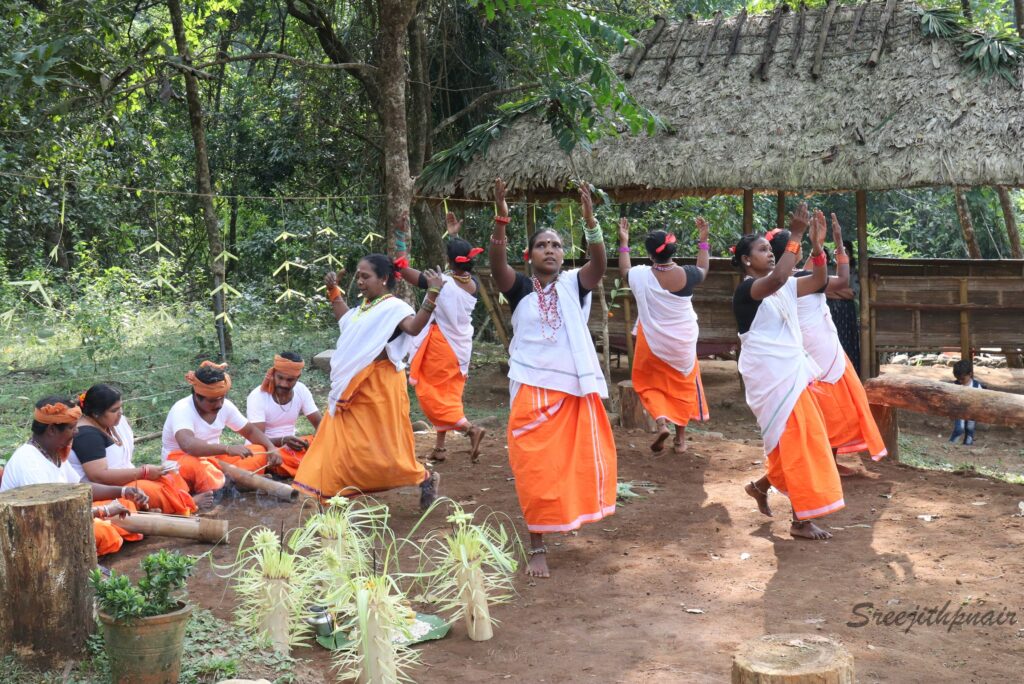
Over the years, working closely with communities across Kerala—especially indigenous ones—I’ve had the privilege of witnessing this quiet but powerful transformation. One of the most meaningful impacts I’ve seen is the revival of traditional artforms that were on the verge of disappearing. This kind of cultural resurgence doesn’t just happen on its own. It takes time, trust, and an honest commitment to understanding what a community values most.
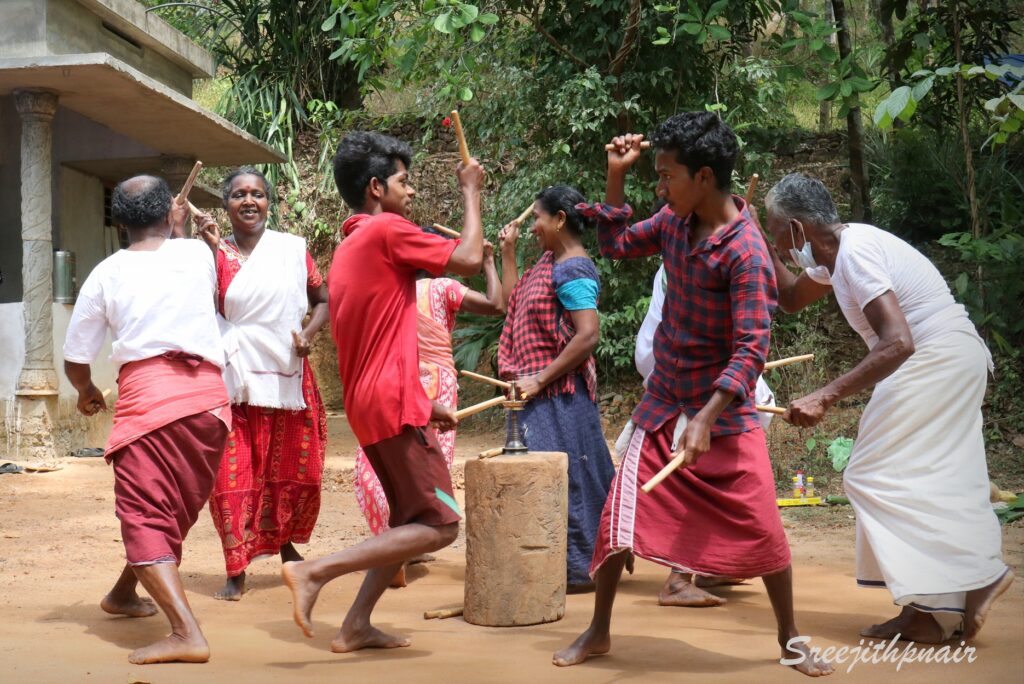
Whenever I’ve been involved in developing a tourism experience—whether it’s centered around culture, craft, livelihoods, or the natural environment—I’ve always begun by listening. I spend time in the community, talking to elders, observing, and trying to understand the subtle textures of their identity: the customs they hold dear, the taboos they observe, and the traditions that may have slipped quietly through the cracks of modernity.
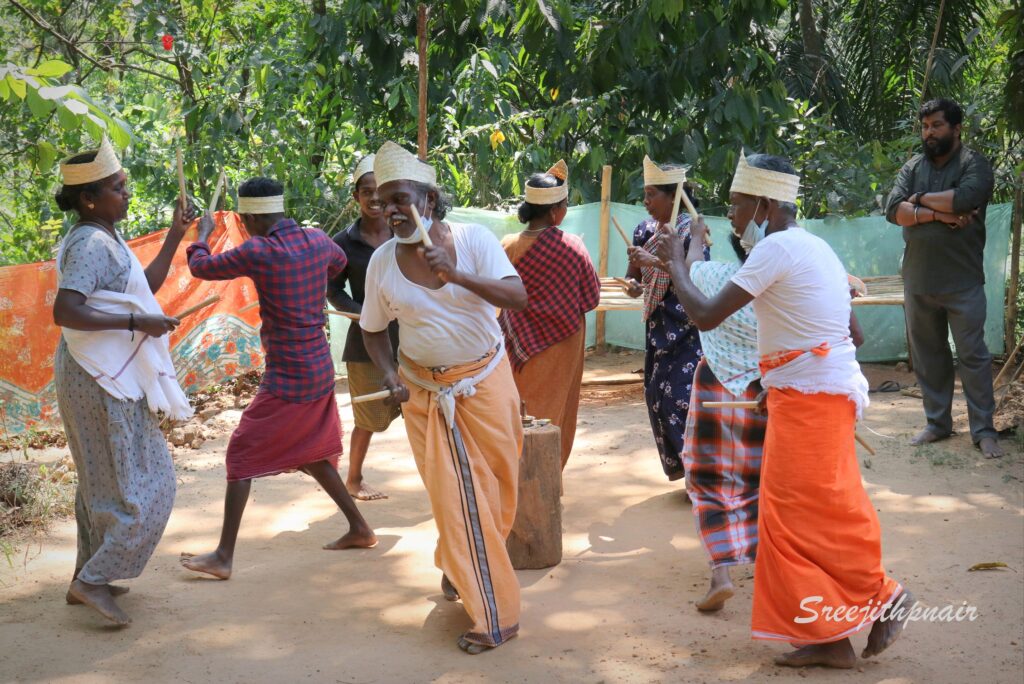
One such experience that left a deep impression on me unfolded in the forest-fringed village of Kallar, at the foothills of Ponmudi in Thiruvananthapuram district. Kallar is home to the Kani community, whose wisdom and connection to the land are truly inspiring. As I spent time there, I learned about two traditional artforms—Chonamkali and Kambadavukali—that had not been performed in years. In fact, many young people in the community had never even heard of them.
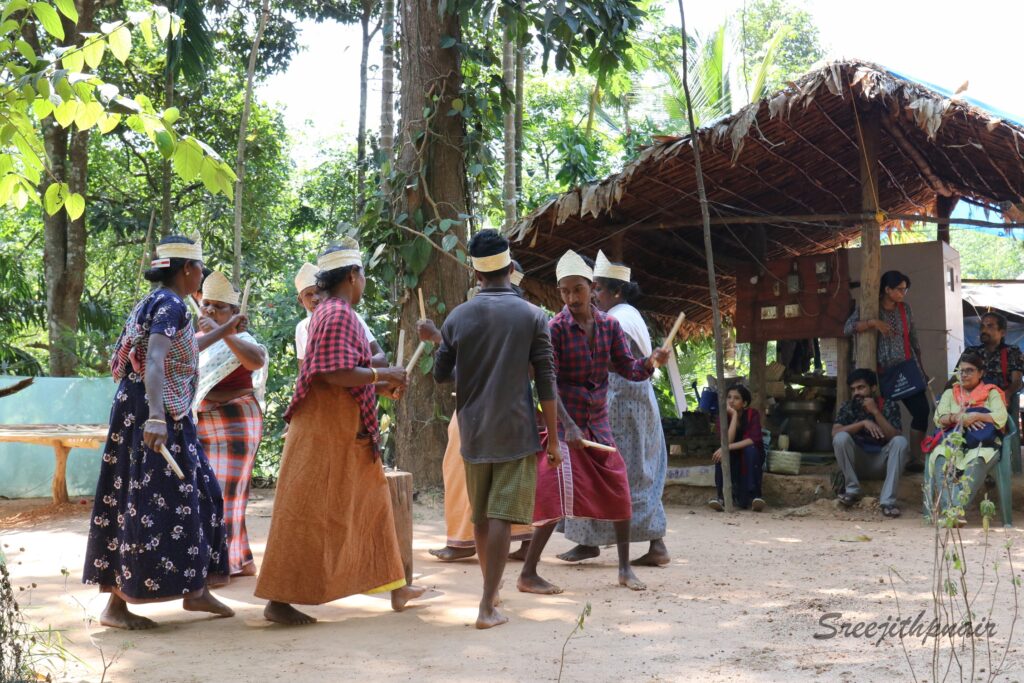
Curious and hopeful, I began conversations with the elders to see if they would be interested in bringing these artforms back. To my delight, they responded with warmth and genuine interest. We started small. A few informal performances were held in familiar spaces, with just a handful of trusted friends in attendance. These early steps helped build confidence and ease.
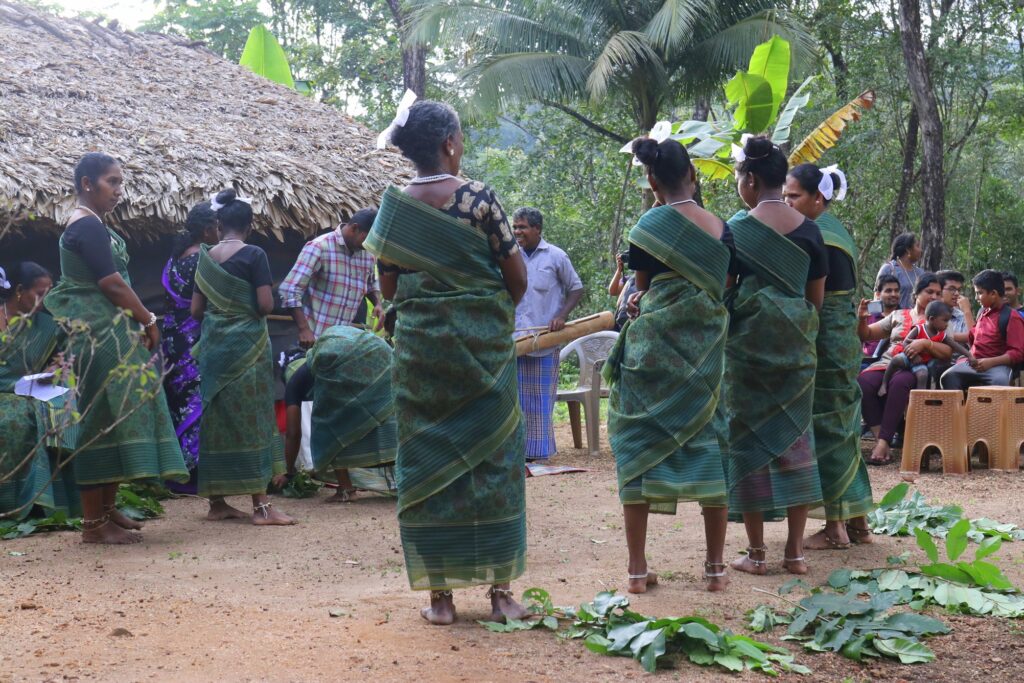
Encouraged by the positive energy, we gradually invited small, thoughtful groups of travelers—women’s travel collectives, older travelers, people who cared deeply about culture. The response was beautiful. Visitors were deeply moved, and the modest financial support the performers received reinforced the value of what they were doing.
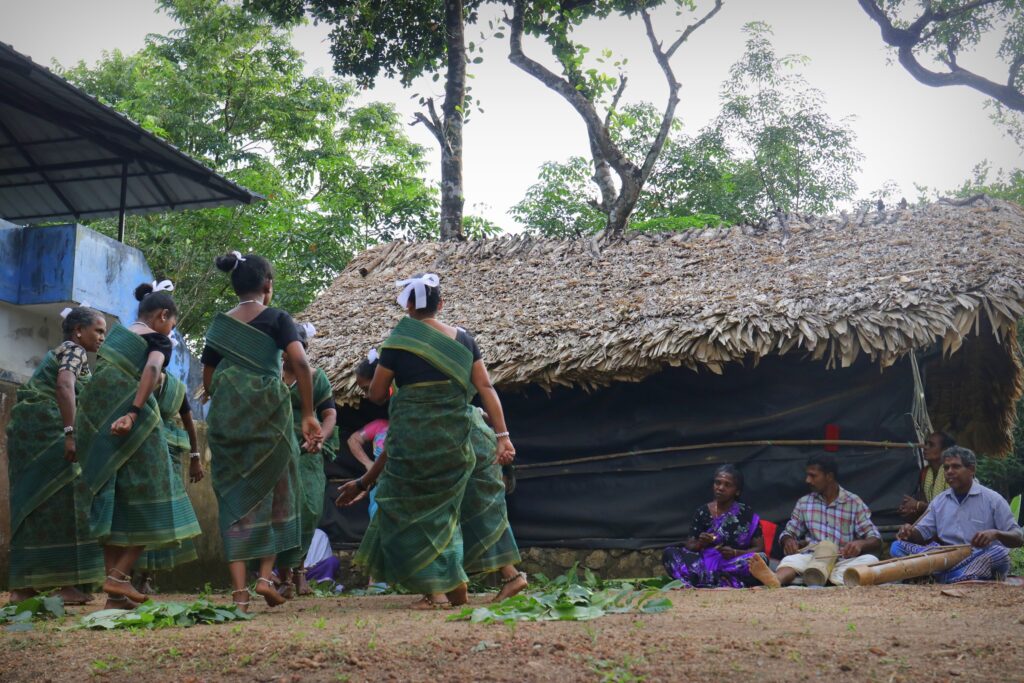
But what truly moved me was seeing the reaction of the younger generation. Some of them, watching their heritage come alive for the very first time, were visibly awestruck. A few even asked how they could learn the songs and steps. That was the moment I knew something special was happening.
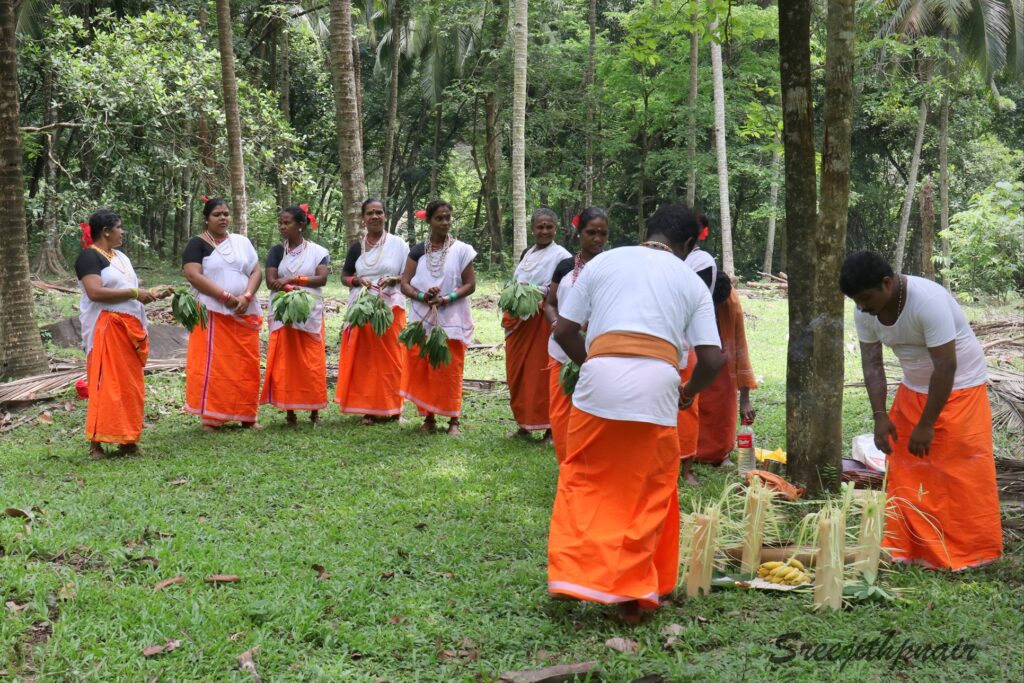
In just a few months, not one but three traditional artforms were brought back to life in Kallar. These weren’t just staged for tourists—they became part of community life again, performed at local gatherings and festivals. What started as a gentle effort to preserve heritage became a powerful source of pride and even livelihood.
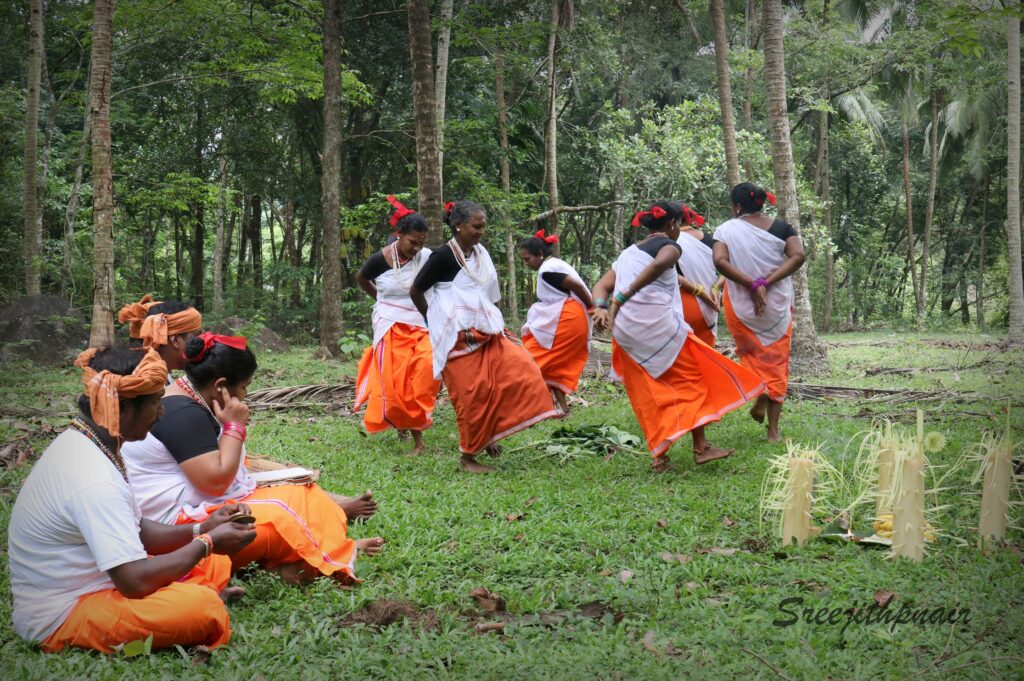
That journey in Kallar reminded me why I do this work. When tourism is approached with care and sincerity, it becomes much more than a journey from one place to another. It becomes a celebration of identity. A chance to reconnect with stories that deserve to be told—not just for visitors, but for the community itself.
Today, I continue to seek out and support such efforts—small acts of cultural revival that quietly restore pride, belonging, and joy. And each time I watch a forgotten song echo through a forest village or see a child discover a dance once performed by their grandparents, I’m reminded of just how powerful thoughtful tourism can be.